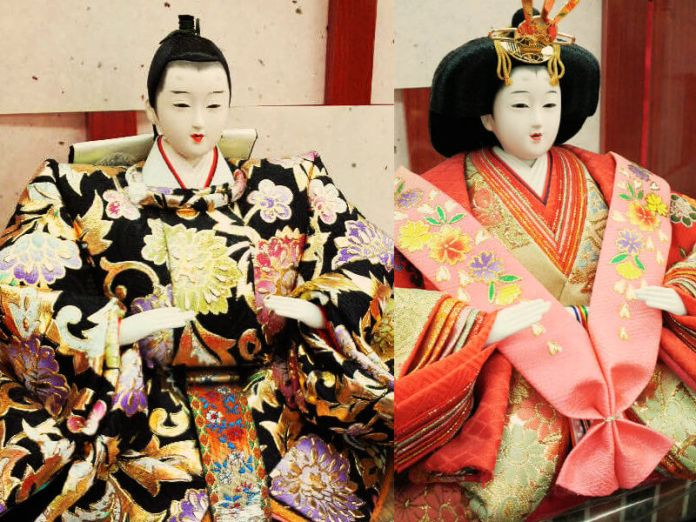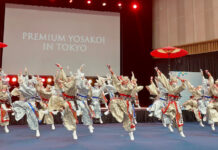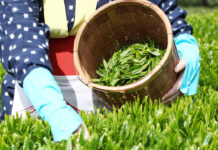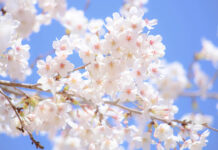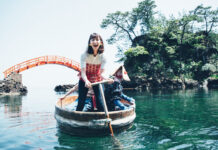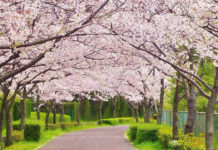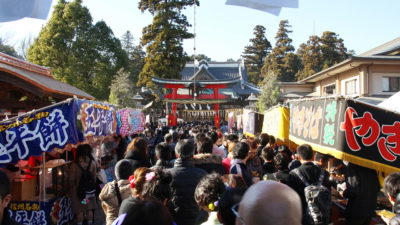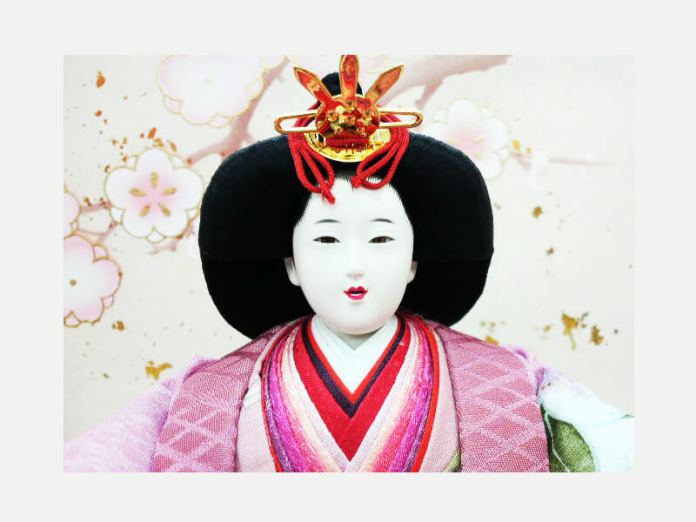
Here in Japan, we are about to celebrate the girl’s day known as Hina-Matsuri on March 3rd. Families with daughters usually display decorative “Hina” dolls in their homes as a way of wishing for good health.
Hina-Matsuri and Hina dolls
Hina dolls come in a variety of sizes, kimonos and accessories. Some are just Emperor and Empress dolls in a glass case, others include the entire imperial family along with their belongings on a seven tiered alter.
I remember staring at these dolls for a long time and soaking in every little detail when I was little. I was mesmerized by their intricate kimonos and decorations, and their quiet and calm expressions. Interestingly enough it never occur to me that these dolls look nothing like us.
For instance, they tend to have exceptionally fair skin, ghostly white to be quite honest. The empress’ lush black hair is tied back in a way that is bigger than her face. The crimson red lipstick and high eyebrows are something you never see in everyday life. Their cheeks are so full they could be considered chubby. And if you take a really close look at her face, you’ll see she has black teeth! Slightly different from what we now consider beautiful isn’t it?
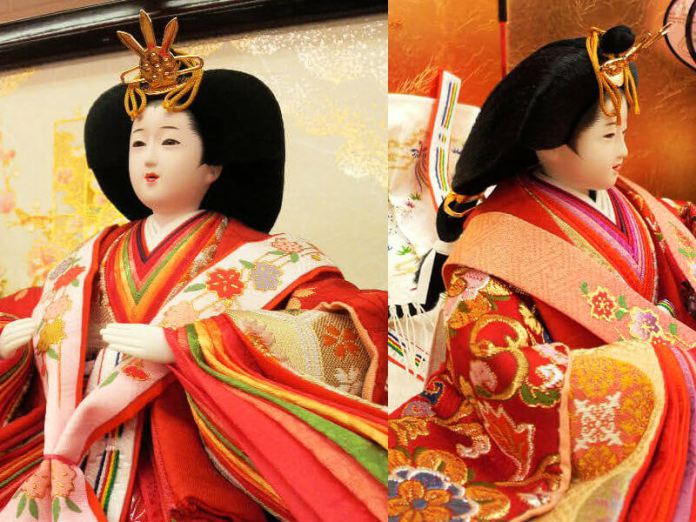
Beauty of Hina dolls
It is said that these features are the beauty standards of the Heian period (794 to 1185). In the Heian period food was scarce and a plump face was a clear indication of wealth and plenty, and usually meant a healthy and fertile body. Slit eyes helped to emphasize plump faces and long lush hair symbolized maturity. It seems strange to us today but blackened teeth were a popular cosmetic trend at that time. (There might have been some hygienic purpose for it.) I guess as we progress in time our needs and wants change and so does what we consider beautiful.
So what are the beauty standards of today? Maybe modern dolls can give us some answers.Two popular dolls come to my mind; Licca-chan and Blythe. (Of course, Disney princesses and Barbie dolls also have a strong fanbase in Japan, but I will stick to the Japanese products.) They both have big sparkling eyes with long eyelashes. Their rosy cheeks tell us they are young and healthy. Their faces are round but not overly plump. Oh did I mention they both have blonde hair?
After WWII, Japan was enormously influenced by the US and our aesthetic standards changed dramatically. Bigger eyes, a tall nose, slender bodies, and of course white teeth became a popular barometer for beauty among Japanese ladies. These trends are still strong nowadays. Make-up techniques that make the eyes appear bigger are in style among girls. Even plastic surgery is now well accepted. Bleached or dyed hair is everywhere. Being fat or even a little chubby is a big no-no, like in most places in the world, the skinnier the better.
Yet, even today, the Hina dolls express something beautiful and alluring. Despite the standards of aesthetics constantly changing and mass media telling young girls what they should look like, we can still appreciate the beauty of the Hina dolls.
Perhaps it’s their content expressions and century-old dignity that assure us there is something more important than looks. Confidence, kindness, wit, elegance, smarts, strength, health and a whole range of different qualities make people unique and beautiful.
The standards of beauty will evolve with time, what’s popular might change tomorrow. We sometimes get fixated with how we should look like, but as long as girls grow-up happy and healthy, and be able to define their own beauty, the dolls have achieved their purpose.
 0
0

